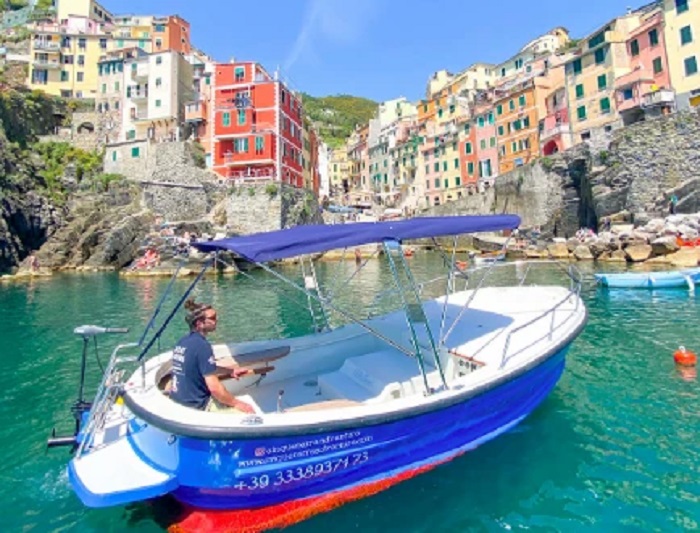In recent years, the conversation about sustainability has extended from our homes and cities to the open sea. Boaters are realizing that the oceans, rivers, and lakes they love are under threat from pollution, climate change, and careless practices. In response, eco-boats and sustainable boating innovations are becoming more popular than ever. From solar-powered yachts to recycled materials in boatbuilding, the marine industry is charting a greener course forward.
But environmental awareness doesn’t only come from large-scale technology. Even small components, like anodes for shaft, play a vital role in protecting boats and reducing waste. By combining new technologies with practical maintenance, boaters can become allies in the fight to preserve our waters.
The Rise of Eco-Boats
Eco-boats are designed with efficiency and sustainability in mind. These vessels often use hybrid or fully electric propulsion systems, minimizing emissions while maintaining performance. Many also integrate solar panels or wind energy to reduce reliance on fossil fuels.
The trend is especially strong among younger boaters, who want to enjoy the freedom of the sea without contributing to its destruction. From personal sailboats to large catamarans, sustainable designs are proving that luxury and eco-consciousness can go hand in hand.
Small Choices, Big Impact
While the idea of a fully electric yacht may seem out of reach for many, every boater can make eco-friendly choices. One example is maintaining a boat properly to extend its lifespan. Corrosion is a constant enemy at sea, and replacing worn-out parts too frequently leads to waste. This is where anodes for shaft come in.
Sacrificial anodes are designed to protect the metal components of a boat, particularly the propeller shaft, from electrochemical corrosion. By installing and replacing them when needed, boaters can prevent expensive damage, avoid early replacements, and reduce unnecessary waste of materials.
For those upgrading their vessels, investing in reliable anodes for shaft is one of the simplest yet most effective steps toward greener boating.
Materials That Make a Difference
Boatbuilders are also experimenting with sustainable materials. Some manufacturers are using recycled aluminum, natural fibers like flax, or resins derived from plants instead of petroleum. Even interiors are being designed with eco-friendly options, from bamboo flooring to non-toxic upholstery.
Just as important are the materials used for protective parts. High-quality anodes for shaft are often made from zinc, aluminum, or magnesium, which can be replaced with minimal environmental impact compared to repairing or discarding a heavily corroded shaft.
Energy Efficiency on the Water
Reducing energy consumption is another key part of eco-boating. Solar panels on deck can power onboard electronics, while advanced hull designs reduce drag and improve fuel efficiency. These innovations not only lower emissions but also save boaters money in the long run.
Efficient maintenance is part of this equation as well. A well-protected shaft with working anodes for shaft reduces friction, ensures smoother propulsion, and minimizes wasted energy. It’s a reminder that sustainability is not just about flashy new technologies—it’s also about caring for the basics.
Waste Management at Sea
Eco-conscious boating also means managing waste responsibly. Modern vessels often include advanced waste water systems and recycling options to minimize their footprint. Simple habits, such as avoiding single-use plastics and disposing of trash properly, make a significant difference.
Even here, proper boat maintenance ties in. If corrosion damages your shaft or propeller, replacement parts generate waste and require new resources. Regular checks of anodes for shaft extend the life of these essential components and reduce environmental strain.
Education and Awareness
For eco-boating to grow, awareness among boaters is essential. Many newcomers to sailing don’t realize how small details—like the type of fuel used, the condition of the hull, or the state of their anodes—can affect the environment. Clubs, marinas, and boating schools are beginning to emphasize sustainability, ensuring that the next generation of sailors values preservation as much as performance.
The Future of Eco-Boating
As technology advances, we can expect even greater innovations. Hydrogen fuel cells, advanced bio-based composites, and artificial intelligence for navigation are already being tested. The future of eco-boating lies in combining these cutting-edge technologies with the tried-and-true basics of good seamanship.
Just as renewable energy powers boats more cleanly, proper anodes for shaft will continue to quietly protect vital components, extending their lives and reducing waste. Together, these solutions form a holistic approach to sustainable boating.
Conclusion: Green Seas Ahead
Eco-boats are more than just a trend—they are a necessary response to the environmental challenges facing our waters. While solar panels and electric motors grab headlines, small details like anodes for shaft play an equally important role in sustainability.
By making smart choices, from the equipment we install to the materials we use, boaters can protect their vessels while also protecting the oceans they love. The future of boating isn’t just about speed or luxury—it’s about ensuring that the seas remain vibrant for generations to come.
